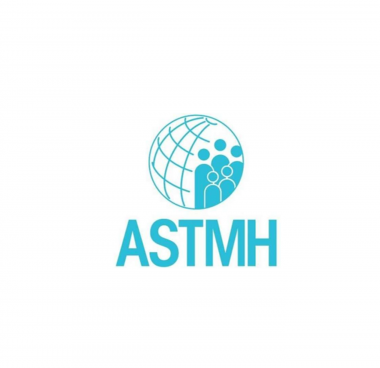
The 67th Annual Meeting of the American Society of Tropical Medicine and Hygiene
Members of the NgenIRS project, along with a few thousand colleagues from around the world, met in New Orleans, LA for five days to share recent findings from world-class research on tropical medicine and hygiene, including malaria. Molly Robertson, Evidence lead for the NgenIRS project at PATH, along with Larry Slutsker, Director of Malaria and Neglected Tropical Diseases at PATH, co-chaired a symposium on indoor residual spraying (IRS) and drug-based malaria control. Symposium presenters reviewed observational evidence and modeling showing the benefits of combining IRS for malaria vector control with drug-based interventions, including mass drug administration (MDA) and seasonal malaria chemoprevention (SMC), for malaria parasite control. Diadier Diallo of MEASURE Evaluation presented research on IRS and SMC in the Segou Region of Mali showing that there was a 39 percent reduction in all-ages malaria incidence in areas that received both IRS and SMC compared to a 16 percent reduction in SMC areas and a 28% reduction in IRS areas. Other symposium presenters included Thom Eisele from Tulane University, Dorothy Echodu from Pilgrim Africa, and Ellie Sherrard-Smith from Imperial College.
NgenIRS partners from PATH also presented updated analyses on the cluster randomised control trial in Mopeia, Mozambique; the impact of introducing IRS in Mopti Region, Mali; and the reintroduction of IRS in Northern and Upper East Regions, Ghana. In Mozambique, preliminary results from active cohort surveillance based on spray status have shown a 17-month cumulative rate ratio of .81 (.77-.94). Interim analysis of case data from routine health systems reflect the same trends seen in infection data from the active cohort—a significant reduction in malaria incidence of approximately 19.4% to 25% in IRS vs. non-IRS clusters. In Ghana, preliminary analyses show clear correlations in time and space with indoor residual spraying of a 3GIRS product and reduced incidence of confirmed malaria cases from routine surveillance systems in the north of Ghana, where pyrethroid resistance is widely reported. Finally, in Mali, after introducing IRS into 4 districts of Mopti in 2017, rapid diagnostic testing (RDT)-confirmed malaria rates fell 37% compared to similar unsprayed districts. And after suspending IRS in Segou District in 2017, RDT+ confirmed malaria rates rose 125% compared to similar unsprayed districts. Final in-depth analyses on all of the aforementioned work will be forthcoming in 2019.

Symposium co-chairs and speakers show up in costume during the October 31st ASTMH session on combining IRS and drug-based interventions.





